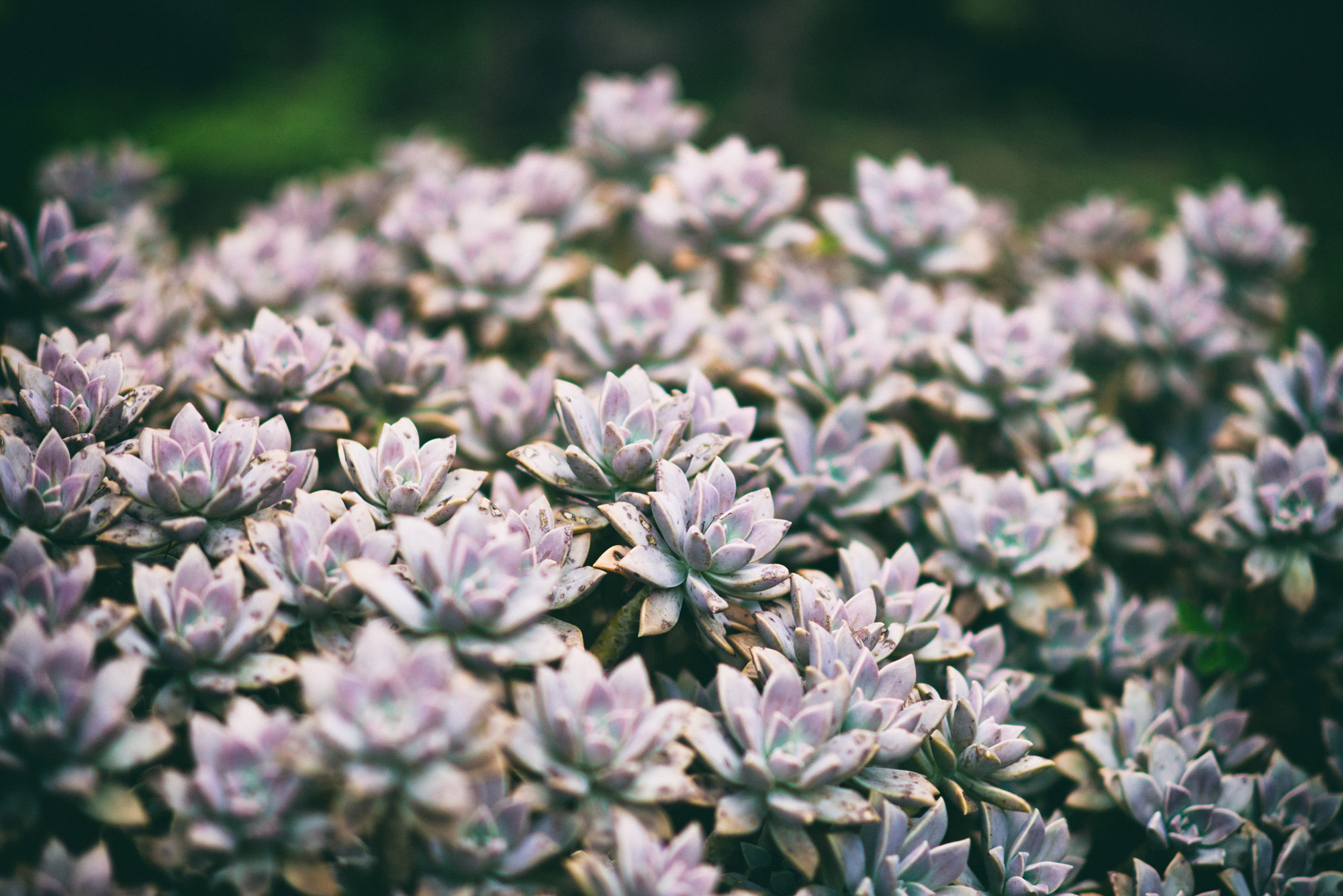Creating a beautiful garden doesn’t have to cost a fortune. Here are some money-saving gardening tips that will help you stick to your budget and even save water.
10 Money-saving gardening tips
1. Start small
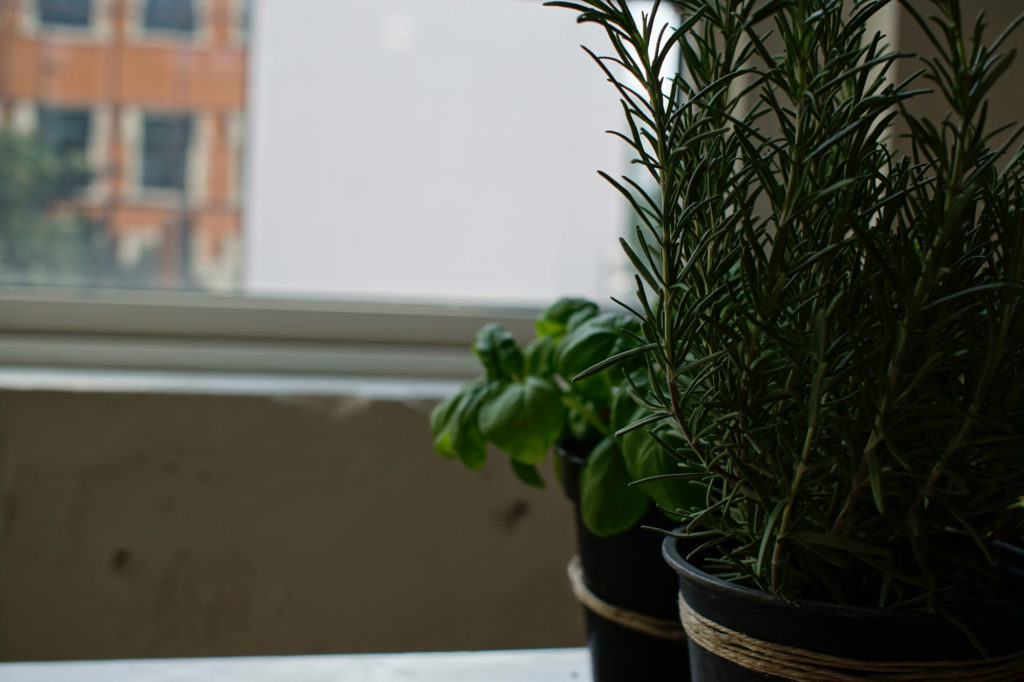
It’s cheaper to buy a smaller plant and wait for it to grow than to buy a bigger one.
2. Harvest rainwater
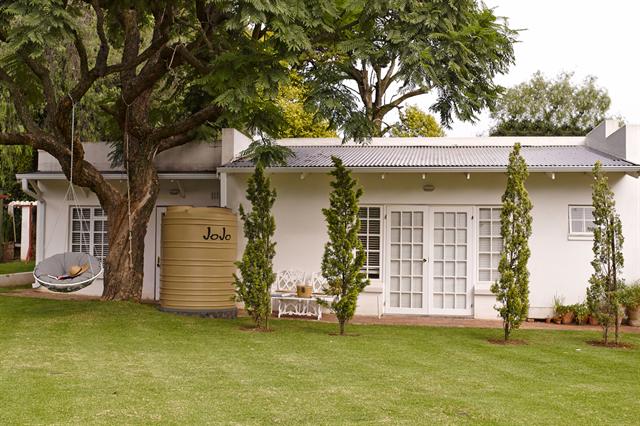
Save on your water bills by installing a rainwater tank and use this harvested water to irrigate your garden, either by attaching your hosepipe to it or hooking it up to your irrigation system.
According to Rod Cairns, managing director of JoJo Tanks, for every 1mm of rain that falls onto 1m² of surface area, you can generate 1 litre of water. So, if the annual rainfall is 500mm and you are capturing rain off a 500m² roof, you could collect up to 250 000 litres in a year.
3. Plant a living mulch
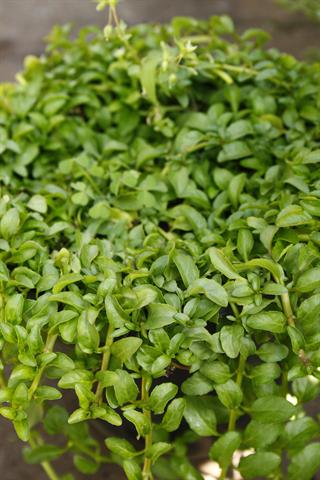
Rather than paying for mulches like bark chips and gravel, cover your soil with a green, living mulch. Pennyroyal (pictured) makes a great groundcover as it quickly covers bare soil and reduces evaporation, plus it’s an insect repellent as well. Other options are creeping oregano and creeping Jenny (Lysimachia nummularia).
4. Upcycle castoffs
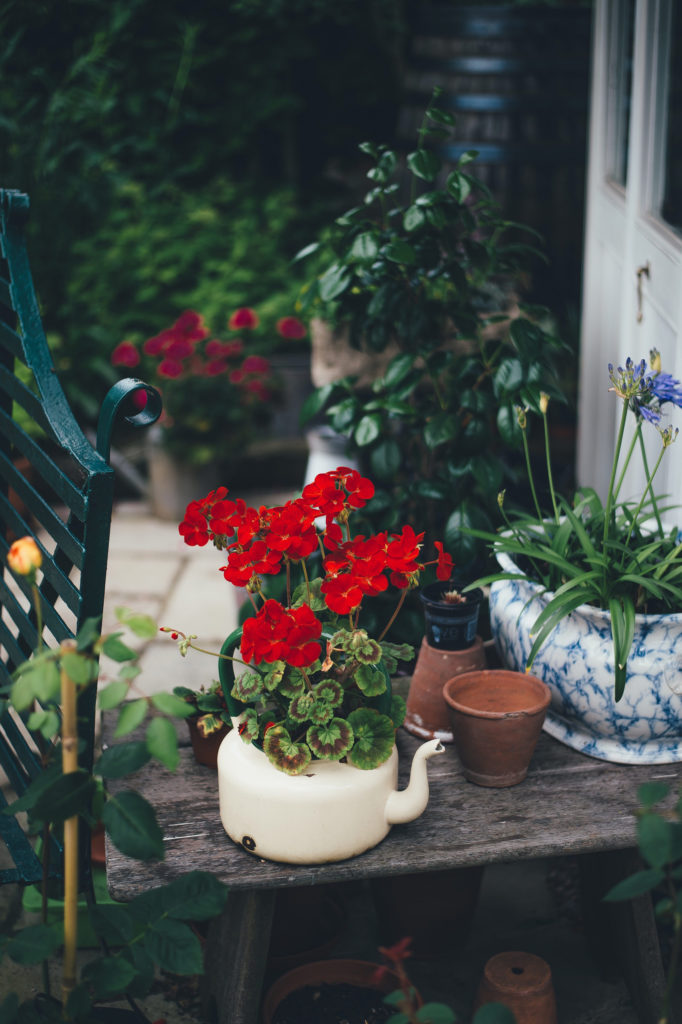
Almost anything can be turned into a container for plants, just use your imagination. You must, however, be able to drill holes in the bottom for drainage.
Think wheelbarrows, old Wellington boots, colanders, pots, tin cans and even old baths. Not only will these add character to your garden, you won’t have to pay for containers.
5. Reap what you sow
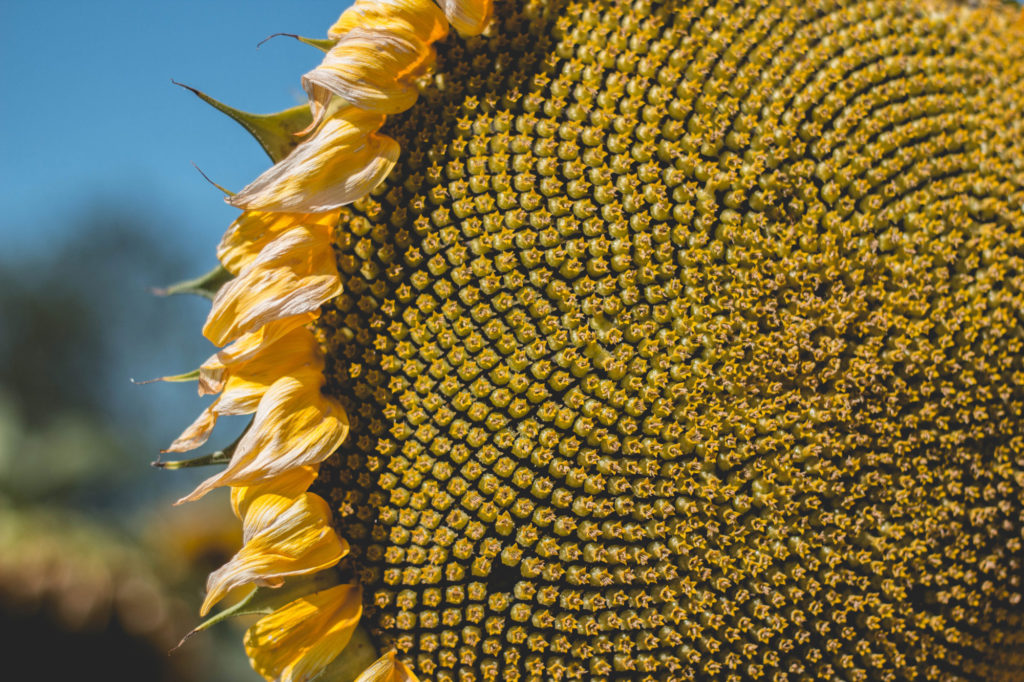
Collecting seeds from your garden to replant not only saves money, but also gives you a sense of satisfaction.
Simply leave your plants to go to seed, and either allow them to self-seed, or gather the seeds for sowing later. You can collect seeds from most plants, the easiest being marigolds, nasturtiums, Namaqualand daisies and sweetpeas and vegetables such as runner beans, squash and tomatoes.
6. Make your own compost
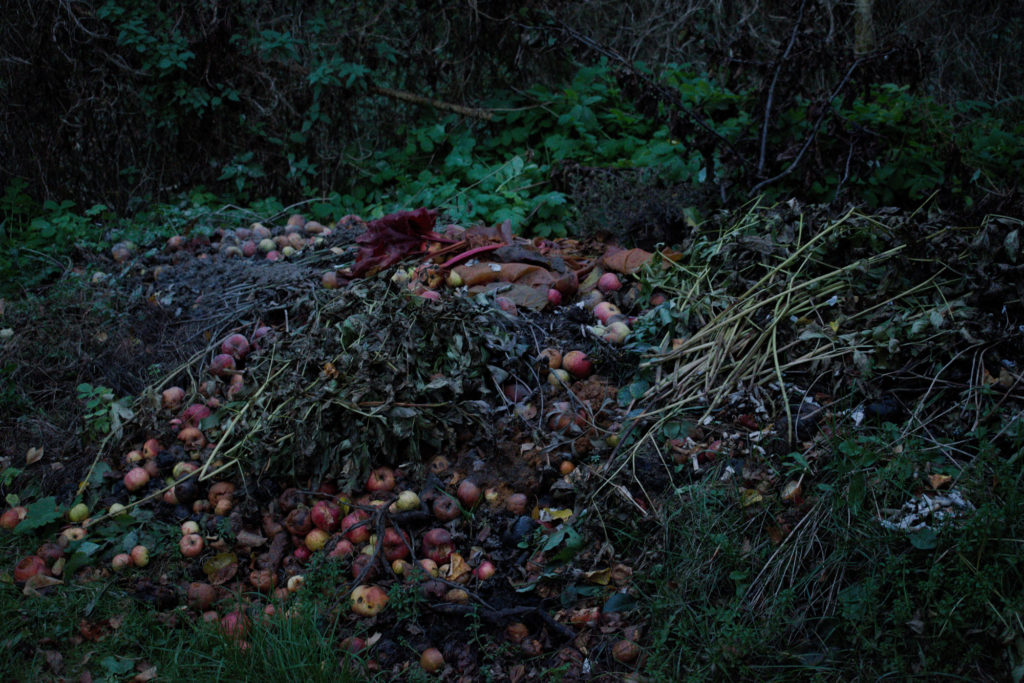
Turn your kitchen and garden waste into valuable (and free) compost. Either create a heap in a corner of your garden, or invest in a composter. Choose a spot in sun or semi-shade.
Start the heap off with a layer of twigs or small branches, then add alternate layers of green waste (green garden clippings, fruit and veggie scraps) and brown waste (dry leaves and twigs), aiming for more brown waste than green.
Keep the heap moist or turn it to speed up decomposition. You should have dark, crumbly compost in about four months.
7. Reuse old bricks
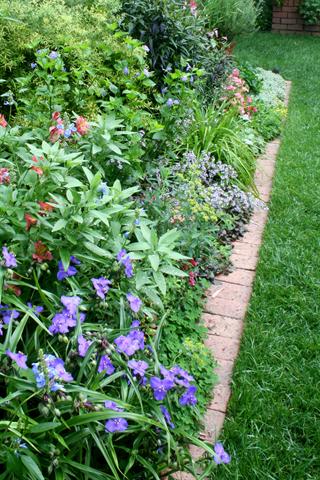
Keep a lookout for any renovations happening in your neighbourhood and ask the builder for broken and damaged bricks.
Use these to create pathways and edging for your beds. For edging lay bricks horizontally end to end for a thin, curving edge, or side by side for something broader.
8. DIY support for climbers
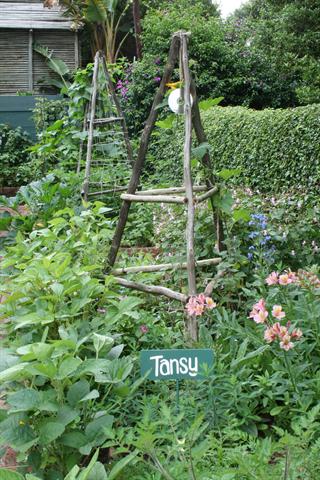
Metal supports for your climbing plants can be expensive, especially if you need more than one. Make your own wigwams using sticks and branches from trees you’ve felled, bamboo poles or wood offcuts.
Nail the sticks together or simply tie them together at the top with twine. Old plumbers’ pipe makes a good stake for roses and other standards.
9. Multiply your plants
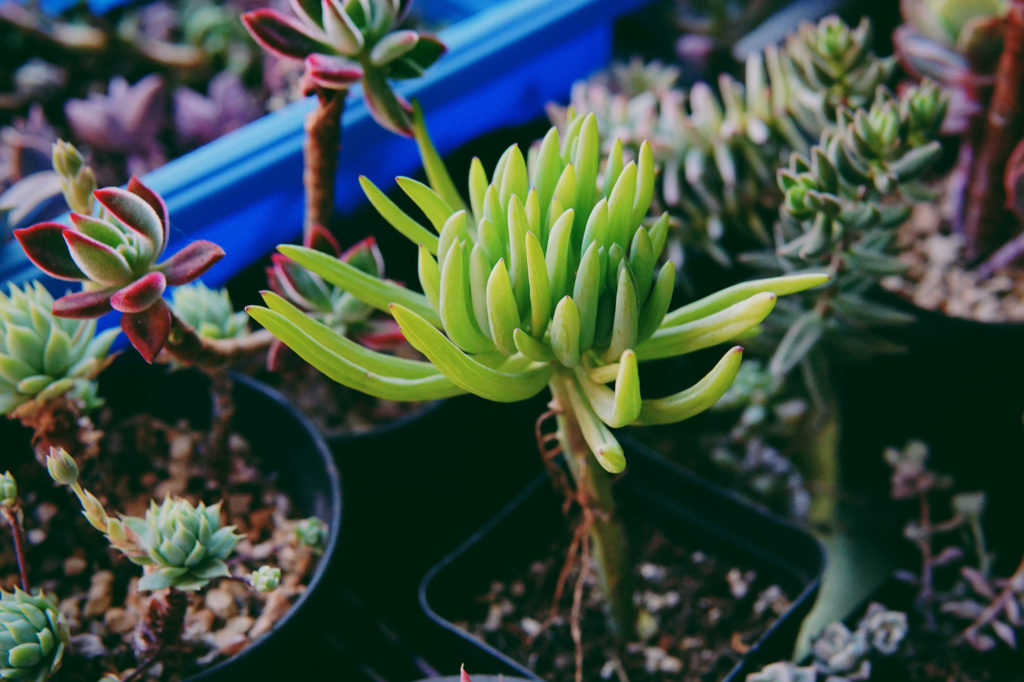
An economical way to fill up your beds is by propagating the plants you already have. You can divide perennials, such as daylilies, agapanthus and dietes, or take cuttings of shrubs like pelargoniums, hydrangeas and rosemary.
10. Only buy what you need

Nurseries are full of tempting plants so avoid impulse buys, advises Garden and Home’s contributing gardening editor Marianne Alexander who has the following advice:
- Measure the area and work out how many plants you’ll need. Allow gaps of 30–45cm between larger annuals and clumps of young perennials and 15–25cm between lower-growing plants for the front of the bed.
- Decide on colour schemes ahead of time to simplify your choice and make a shopping list.
ALSO SEE: WINTER EDIBLE FLOWERS IN THE GARDEN AND KITCHEN

